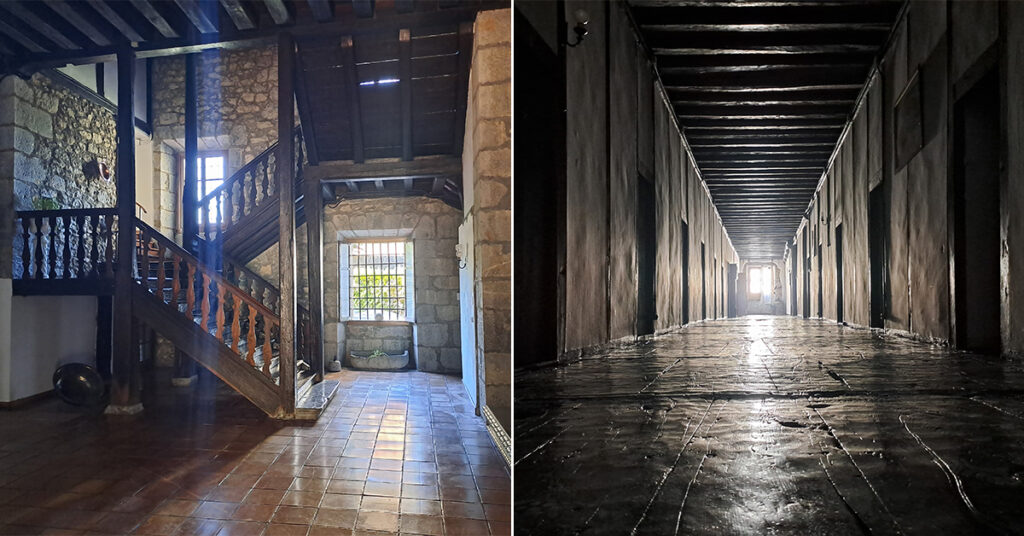Archives
Transhumance consists on changing place and home, from time to time, in the strict sense of the word. And in this itineration, transhumance and livestock form an inseparable pairing that has enabled the development of people for centuries. In this development, traditional knowledge has been essential for the maintenance of rural life linked to grazing and livestock farming for generations.
Closely related to the intangible cultural heritage, oral tradition tells us “Es la vida del pastor, la vida más arrastrada, que en el orbe de la tierra, por experiencia se halla” (“It is the life of the shepherd, the rudest life that can be found on earth, as experience shows”). Wretched, not only because of being compromised and tough, but also a nomadic and isolated life. Away from the people and the environment where, the shepherd has traditionally derived the necessary elements to build other “homes” outside his. Hence, the importance of the vernacular architecture which shelters shepherds and cattle from inclement weather and the scourges of nature, allowing them to move from north to south and from east to west.
In Spanish, the name zoqueta stands for as a piece of wood, similar to a glove, used by the person who is reaping the harvest to protect the little finger, ring finger and middle finger of the left hand from the cuts of the sickle. Documented in Basque as esku-kapela, it is not a known word, but rather unusual, since that device has been mostly used on the Mediterranean side of Euskal Herria, where cereal was abundant, but our language was lost long before. Along the northern slope, on the contrary, it is a completely unknown object.
It is a meadow under the hill of Belatxikieta, which had a small, damp, nice beech forest. Very close to it, seven sheep barns remain from the times when animal husbandry was strong. The place was chosen by the locals due to its excellent opportunities for this profession. From the Middle Ages the area was full of meadowlands, shelters, small streams, and mounds and herds full of wet grass for the cattle to graze.
On the other hand, the surrounding area was home to quite a few harmful beasts. To deal with them the pastors from Mugarra to Aramotz joined together in assemblies (azeri-batzarrak) to deal with the problem. These assemblies were held one year in Mugarra and the following year in Belatxikieta. In one of those assemblies, Don Emiliano Zuloaga, who was the new landowner in the vicinity of Zazpitxaboleta, joined together, as he saw that these pastors were concerned that there was no hermitage in the area. We must remember the strength of the Christian faith at the moment.
At the end of November 2023, the doors of Santa Clara Convent in Tolosa (Gipuzkoa) closed for the last time, after over four centuries of being home to the religious order and the remaining four nuns were moved to another convent. Before they left – and with their cooperation –, I had the opportunity to make an extensive inventory of all the artefacts within the walls of the convent that had been home to the cloistered religious community, the Order of Saint Claire (the Poor Clares). A heritage intervention thus took place from May to October of that year with the goal of preserving the memory of that convent; the outcomes were four different books being produced and published, the recording of the oral memory of the last four nuns, the making of a documentary and the organisation of an exhibition.







